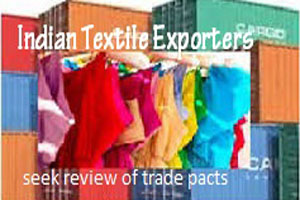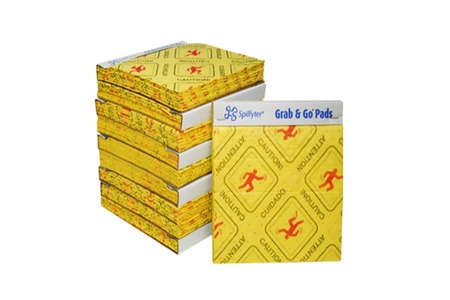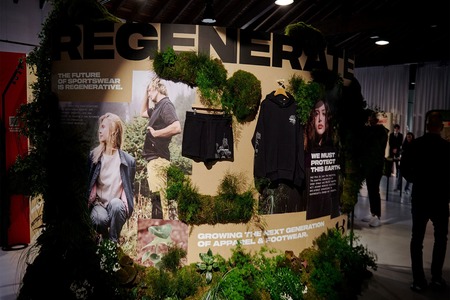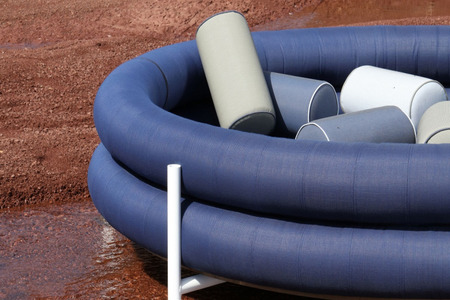
Textile exporters seek review of trade pacts to make globally competitive
YarnsandFibers News Bureau 2016-04-04 12:00:00 – New DelhiThe textile exporters have been seeking review of India’s trade agreements like the Free Trade Agreements (FTAs) and Preferential trade Agreements (PTAs) to check decline in India's merchandise exports have been contracting for the last 15 months.
India's 40% of the total exports are handled by the MSME sector which feels that it's the country's trade agreements which are not helping them much for competing globally.
In India's merchandise exports, the top 20 categories account for four-fifth of the total exports. Even in top export categories like textiles, India is exporting low value commodities such as cotton yarn or apparel rather than technical textiles, say industry experts.
Experts opine that India has signed many trade pacts, more for geo-political reasons rather than commercial reasons.
MD of Neetee Clothing, Animesh Saxena said that although the textile and garment exporters did not suffer as much as the other sectors in the past few months, still there is a “policy paralysis†from the government side.
Saxena further added that their internal costs are very high. Also, the trade agreements are against them. Bangladesh and other countries have free access to European market but our materials are 10-12% costlier than theirs.
As Vietnam is India’s competitor now, India should finalize its stuck treaties. The government should also bring down the internal transaction costs and port charges to make Indian exporters competitive.
Meanwhile, Arvind Sinha, President of the Textile Association (India), said that they need to expand their capacities now as government is formulating new policies and the falling exports could be blamed on the global slowdown.
According to industry body Assocham, one case is the South Asian Free Trade Agreement, which has not resulted in any significant export gains. India's trade deficit has widened with the ASEAN. Further, most of India's PTAs are shallow in terms of product coverage. For example, the India-Mercosur PTA doesn't include textiles and apparel items, which face prohibitive import duties of up to 35 percent.
India's trade pacts have exacerbated inverted duty structure – high import duties on raw materials and intermediates, and lower duties on finished goods – that discourage the production and export of value-added items. Thus, apparel can be imported into India duty free while its raw material –manmade fibres attract an import duty of 10 percent.
Market Intelligence
Ask for free sample Report

experience
Customer Base
dedicated team
Countries Served Worldwide









